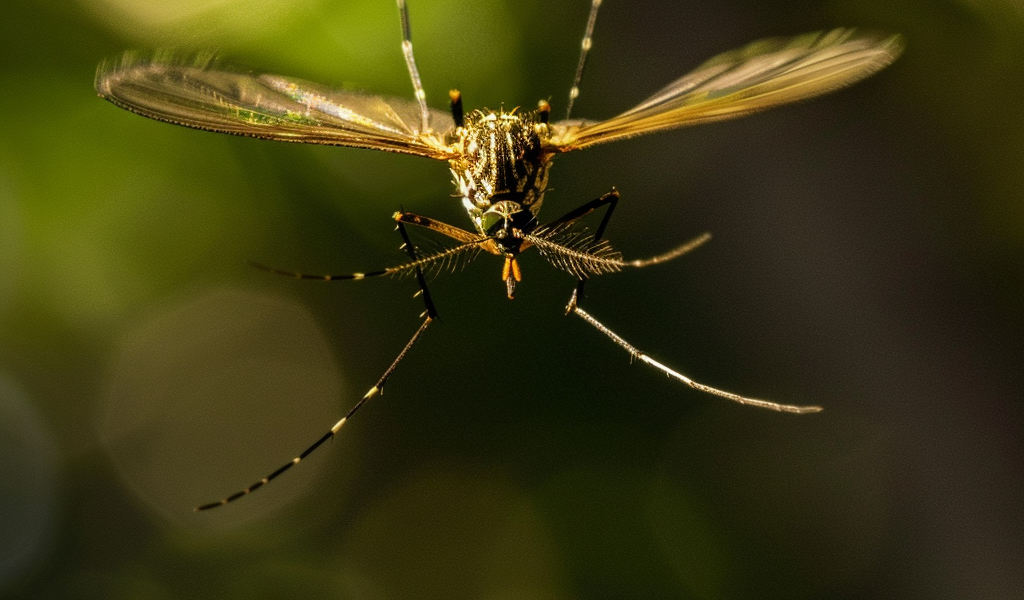Mosquitoes are a common nuisance during the hot and wet summer months in south Louisiana, with the New Orleans area being no exception. The state typically experiences a surge in mosquito activity from early spring through the fall, peaking in the summer season. With over 60 species of mosquitoes in Louisiana, the Asian tiger mosquito, Southern house mosquito, and yellow fever mosquito are the most prevalent in the region.
Aside from being bothersome and itchy, mosquito bites can also pose health risks by increasing the chances of contracting mosquito-borne illnesses like West Nile virus. In 2023, Louisiana reported 65 cases of West Nile virus, including 46 neuroinvasive disease cases and four fatalities, as per the Louisiana Department of Health. While locally acquired cases of dengue have not been documented recently, the mosquito species responsible for transmitting the virus is present in the state.
The New Orleans Mosquito, Termite, and Rodent Control Board (NOMTRCB) has not detected any West Nile virus positive mosquitoes in Orleans Parish this year. The city has witnessed a rise in mosquito numbers due to heavy rainfall, a common factor that contributes to increased mosquito populations. The Southern house mosquito, a primary carrier of West Nile virus, has been particularly prevalent recently. Despite the current peak in Southern house mosquito activity, overall numbers remain below the five-year average and last year’s figures, according to Alex Pavlakis, an NOMTRCB mosquito specialist.
To address the escalating mosquito numbers, the city’s mosquito control board employs various strategies for abatement. These methods include fogging with adulticides to target adult mosquitoes and dispatching mosquito inspectors to eliminate larvae in breeding sites. New Orleans conducted fogging operations across the city to target adult mosquito populations and mitigate the spread of mosquito-borne diseases.





